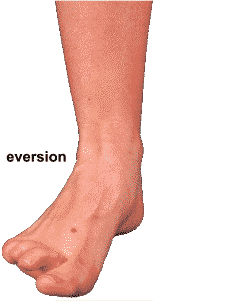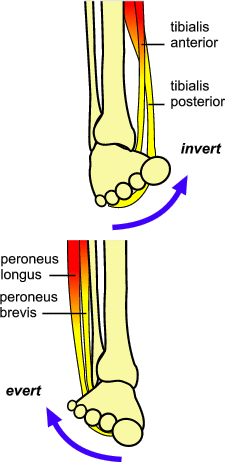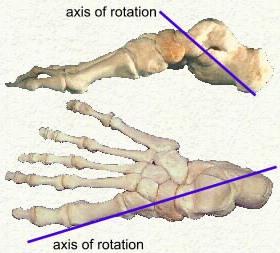ORTHOTICS PROSTHETICS RESEARCH & REHABILITATION CLINIC
|
OPRRC
Orthotics Prosthetics Research & Rehabilitation Clinic
|
Inversion & Eversion
of Ankle Joint
|
|
Ask the Orthotist/ Prosthetist. Get the confidential answers for your personal questions |
|
|
Total quality, satisfaction and care |
||
|
Home | About us | Philosophy | Orthotics service | Prosthetics service | Innovative Technology | Photo Galleries | Video Galleries| Contact us | Inquiry | Branch|Collections|
Inversion and Eversion of Joints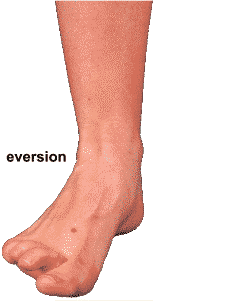 Inversion and eversion are movements of which the sole of the foot is made to face inwards and out wards respectively.
Inversion and eversion are movements of which the sole of the foot is made to face inwards and out wards respectively.
Tibialis anterior and tibialis posterior are invertors. Peroneus longus and peroneus brevis are evertors. These 2 groups enter the foot from opposite sides. In each case, one muscle inserts into the medial side, the other into the lateral side. 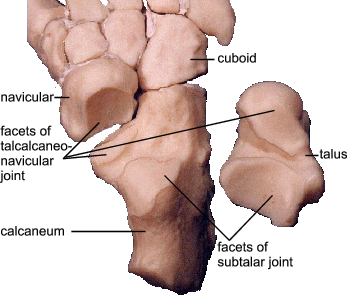
The joints at which inversion and eversion primarily occur are:
These are synovial joints. 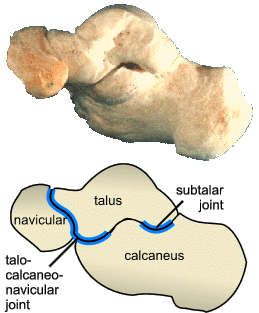 The talocalcaneo-navicular joint is a small 'ball and socket' joint in
The talocalcaneo-navicular joint is a small 'ball and socket' joint in
which the ball is the head of the talus.
The socket of the talocalcaneo-navicular joint is completed by a ligament. The plantar calcaneonavicular ligament or "spring" ligament is so called because it was erroneously believed that the talus bounced up and down on it putting "spring" into the step. Adjacent parts of the two capsules are thickened to form an interosseous ligament. Part of this, attached to the neck of the talus, is called the cervical ligament. 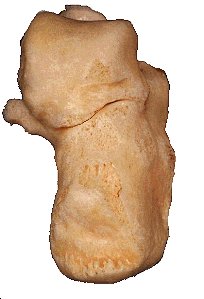
The cervical ligament lies at the centre of the axis of rotation for inversion/eversion. The obliquity of the axis as it passes through the foot results in additional movement. for example, inversion is accompanied by plantar
flexion. Since this frees the talus from the mortice of the ankle joint inversion is a free movement. By contrast, eversion is accompanied by dorsiflexion which locks the talus; hence eversion is relatively restricted.
Home | About us | Philosophy | Orthotics service | Prosthetics service |
Innovative Technology | Photo Galleries | Video Galleries| Contact us | Inquiry | Branch|Collections|
|
|||
